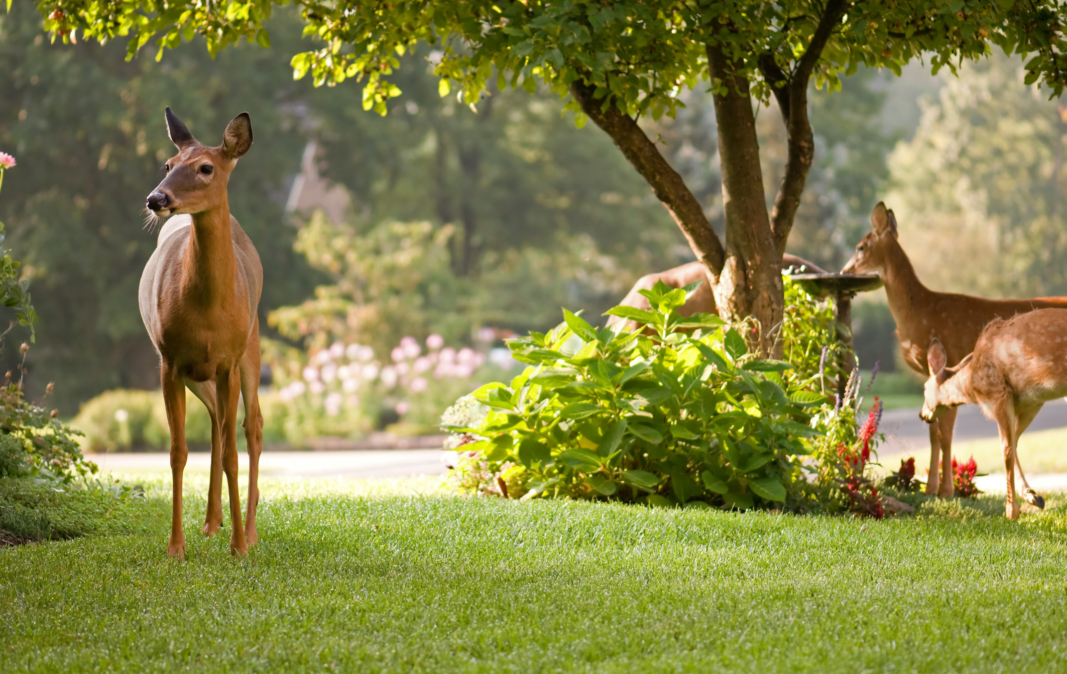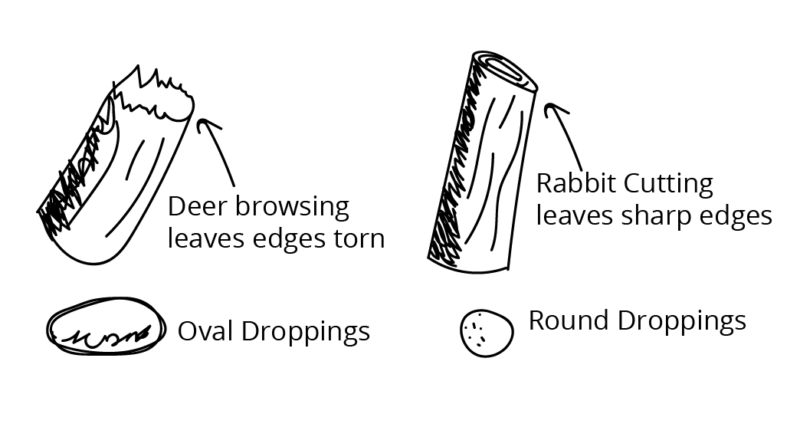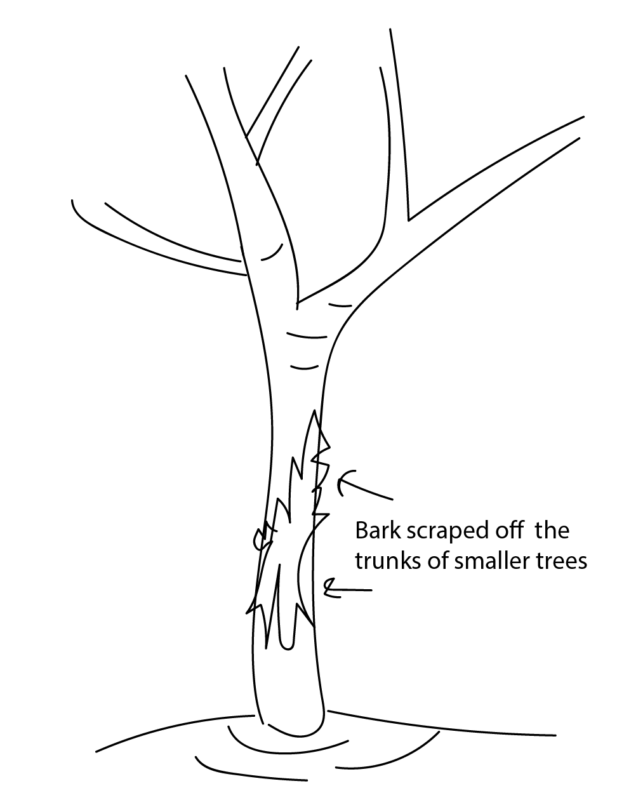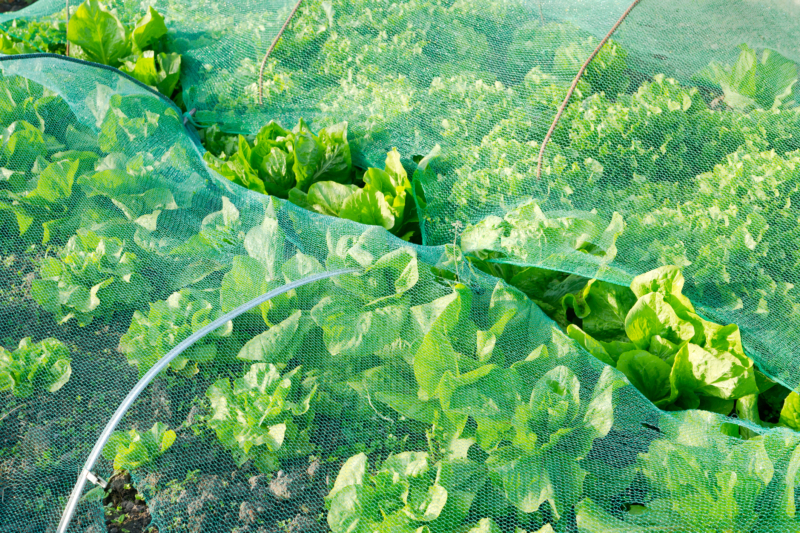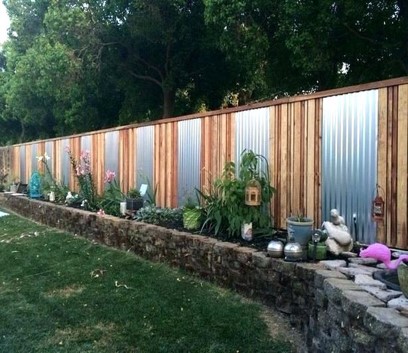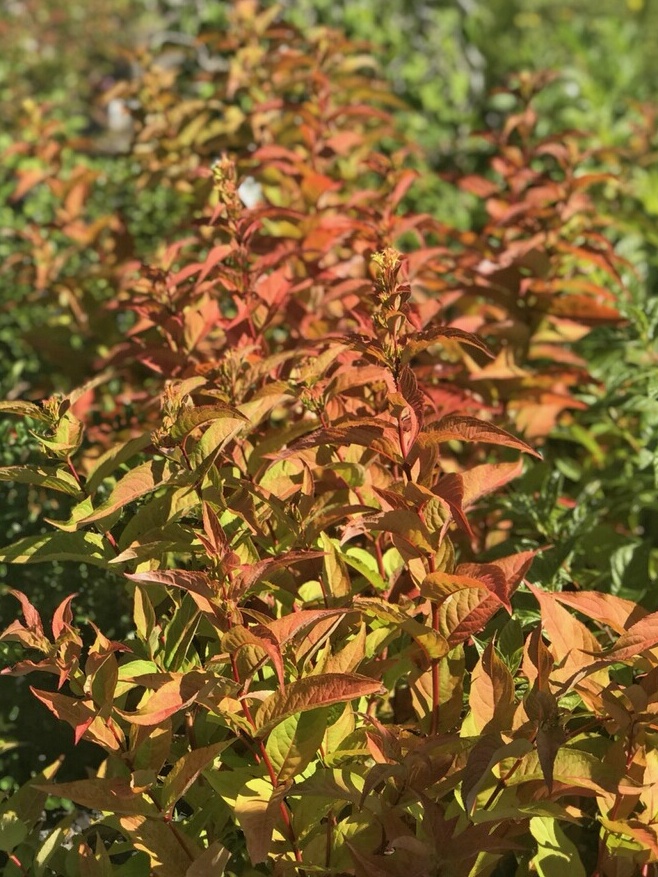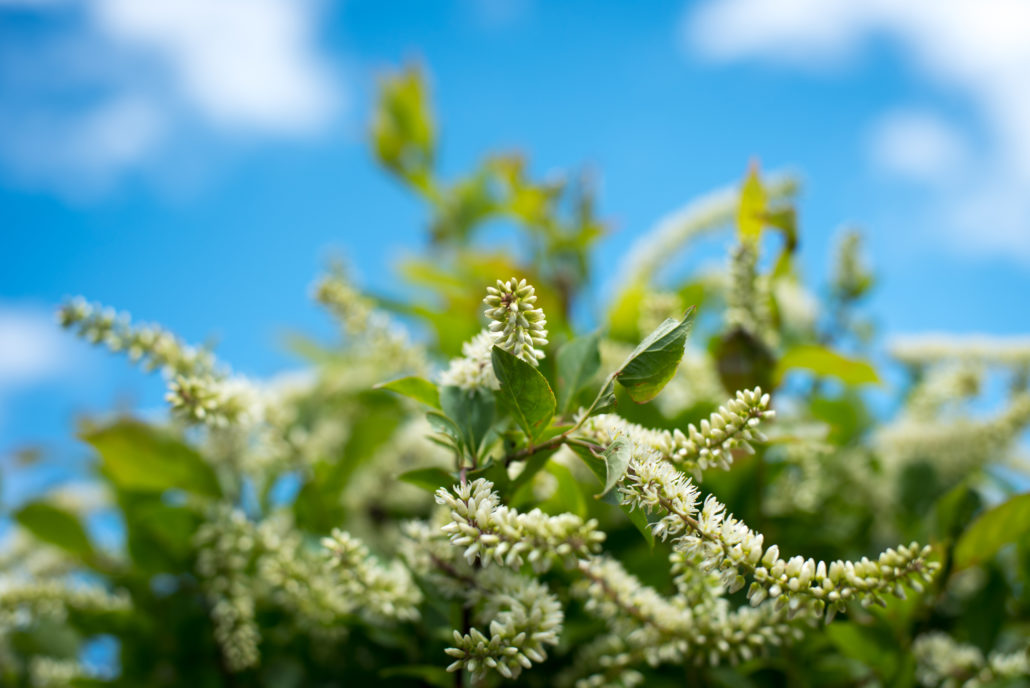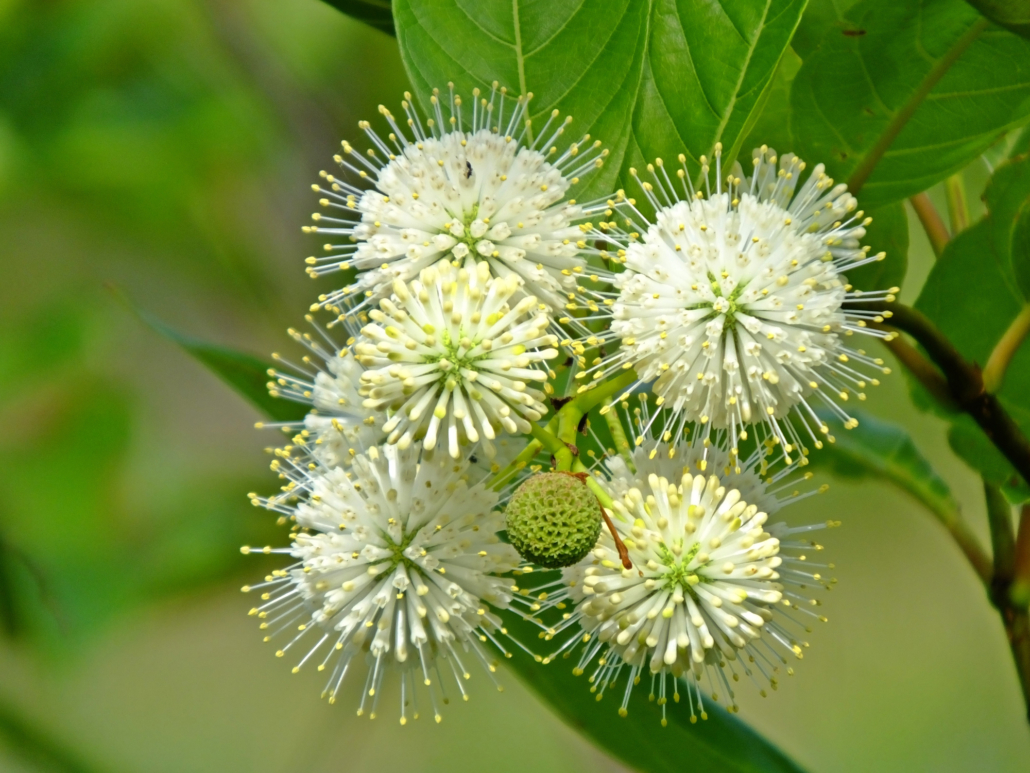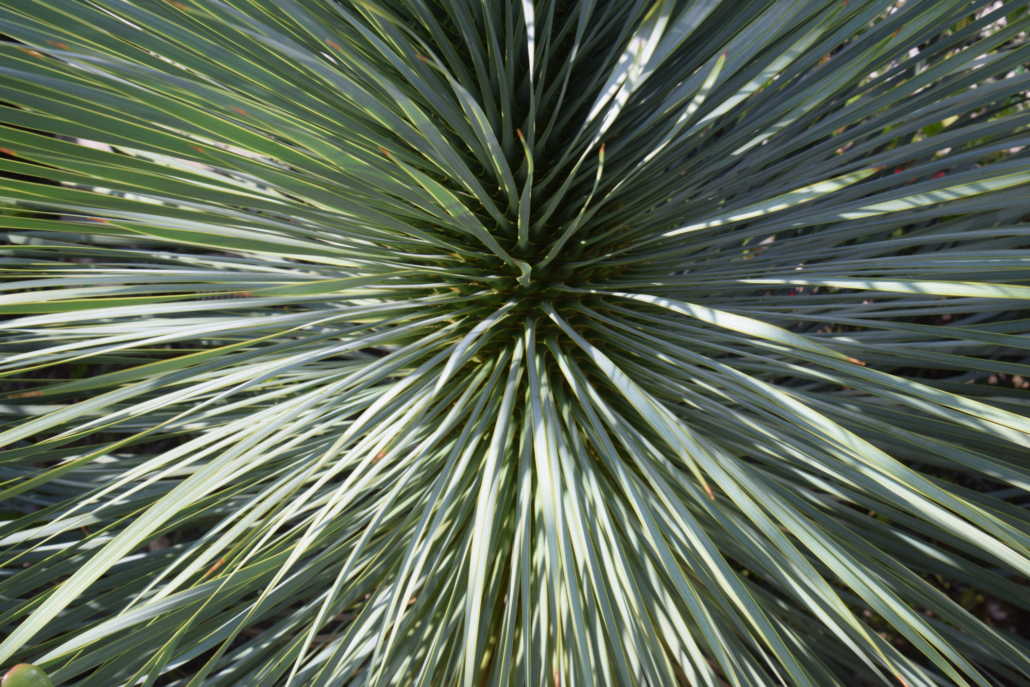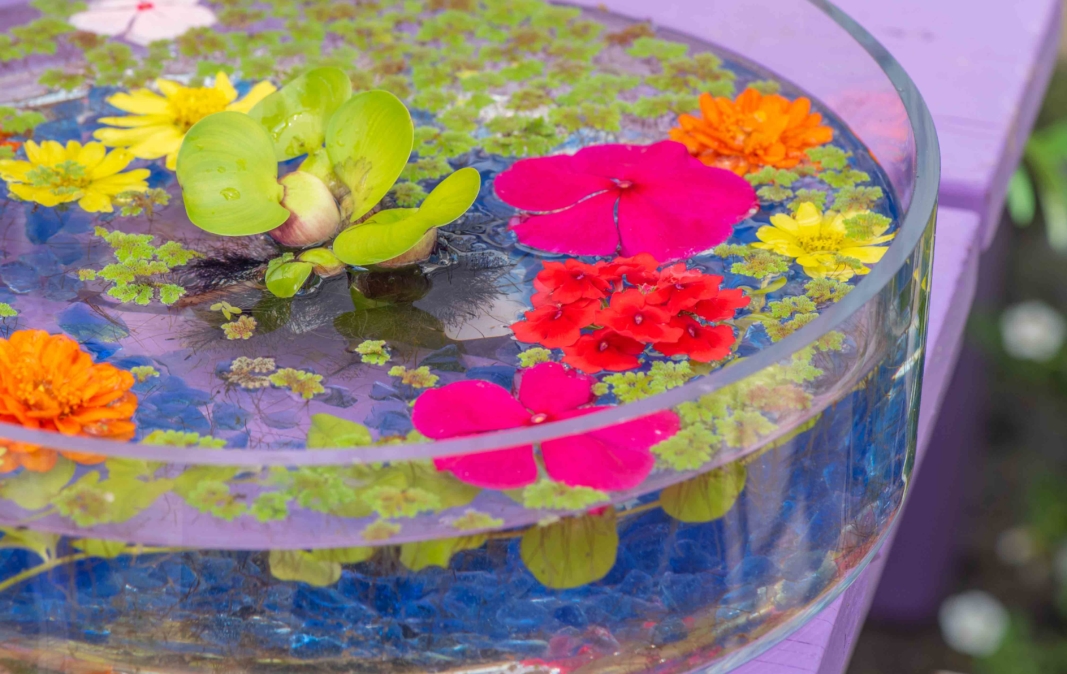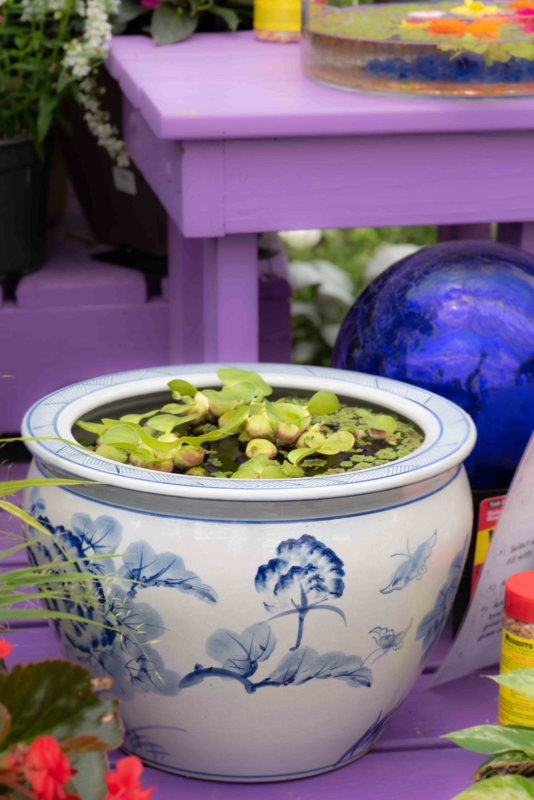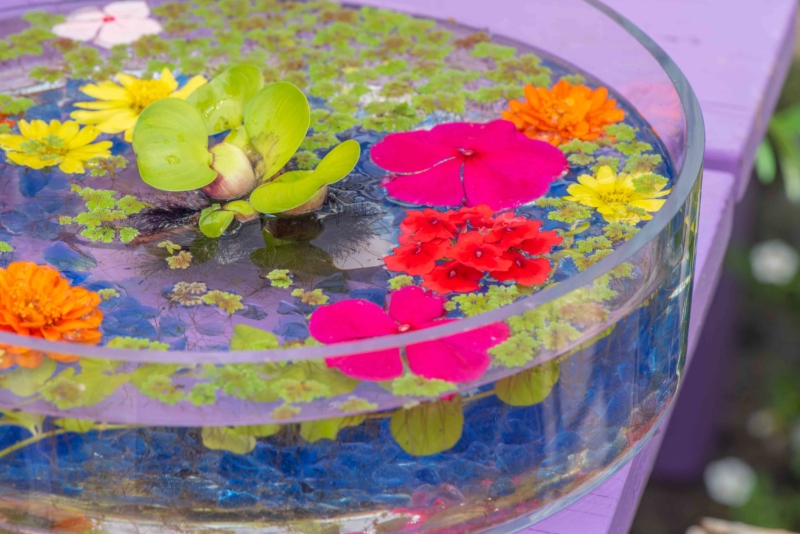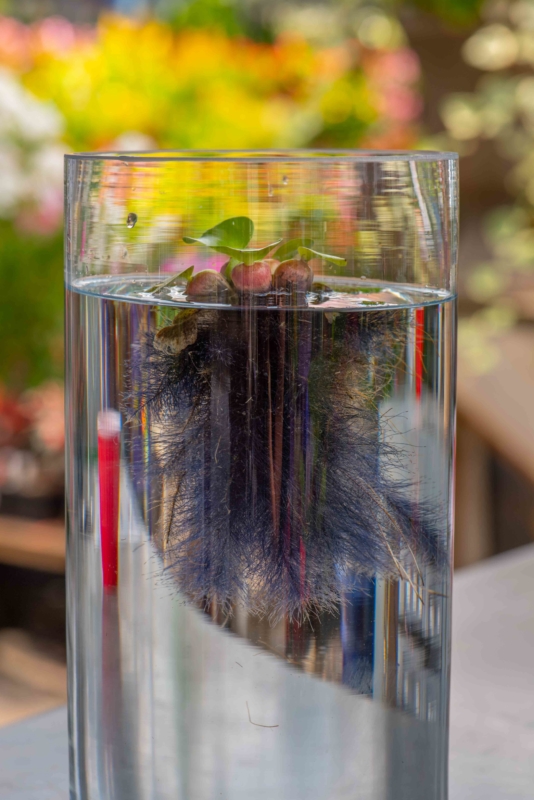Oh Deer! Strategies for Deer Management
Roger Zinn, Merrifield Plant Specialist In late winter and early spring, deer will feed on plants they normally avoid out of desperation. They will browse evergreens, tender young buds of trees and shrubs, and perennials as they emerge. Be aware that deer are habitual feeders and will return to the same area each day to feed. Get out and look at your garden areas to see if deer are feeding, and if you notice even minor damage, it’s the time to act.Identifying Deer Damage and Presence in the Garden
Antler Rubbing Damage
Deer Repellants
You want to apply repellants before damage occurs. During the cold months, take advantage of warm days for spraying. Be sure to store your repellents in an area that does not freeze, so you’re at the ready when temperatures are warm enough. Reapply repellants after heavy rains or snow.
When using repellents, alternate brands for best results. You will need to use them throughout the growing season. Granular repellants work great for protecting low growing plants, emerging perennials and bulbs. We recommend Milorganite and blood meal as affordable organic granular repellent fertilizers that come in larger sizes. Just be aware that dried blood meal may attract predators to your garden.
Select photos to visit the original website where they were posted. Fencing ideas via hometalk.com, ajthomas.net, Green Coast Carpentry, fotsos.com, and dirtcheapfencing.com.
Netting and Fencing
Drape deer netting over plants or trees and secure it to the ground with sod staples or stakes. Make sure to use flagging material when you place it so that deer can see the netting and avoid becoming entangled in it. You will need to check the netting regularly for damage.
If possible, fence off areas where deer enter you garden for added protection. A 6 ft. stockade style fence is the best protection against deer, since they will not jump over fences they cannot see through. An 8 ft. wire fence is another good options, since deer will not jump that high even if they can see through the fence.
If you don’t want to put up a permanent fence, consider growing a hedge or planting masses of fragrant plants such as blue beard, sage, illicium or butterfly bush around the plants deer like to eat. You will need a temporary fence while your hedge or fragrant foliage plants grow in, but after that the plants will deter the deer from entering the area just as a fence would.
Deer Resistant Perennials and Shrubs
There are plenty of plants that deer avoid, but in particular they dislike very fragrant plants. In addition to using butterfly bush, bluebeard and sage as hedges, you can also plant masses of aromatic shrubs and perennials around desirable plants to deter feeding. Catmint, alliums, lavender, mint, sage and thyme are perennials that have a good reputation for deterring deer.
If you are looking for other plants that deer will not eat, consider the qualities that deer do not like to eat. Over time, plants have evolved characteristics such as fuzzy or hairy leaves, thorns, toxins or leathery foliage that make them an unappetizing choice for food. Consider the following plants (many of which are native!). These are far from all of the deer resistant options available, but are a great place to start:
Diervilla Kodiak Orange
A native shrub that works beautifully as a non-invasive substitute for burning bush. This plant produces yellow flowers continuously through the summer, and features red-orange new growth. Fall color is a vibrant red-orange as well. This plant can be grown in sun or shade.
Daphnyphyllum
This evergreen shrub serves as a good substitute for rhododendron in a garden visited by deer and is a great choice for shady areas. It can be used as a screening plant as well. The flowers are insignificant, but new leaves form on bright pink stems.
Itea virginica (Virginia Sweetspire)
Also a native, the Virginia Sweetspire features fragrant white flowers in early summer and is a very adaptable plant that can handle sun, shade and wet soil. It has beautiful red fall color.
Cornus sanguinea (Bloodtwig Dogwood)
With white flowers in the spring and vibrant orange and yellow stems in winter this plant is a showstopper and great for growing in masses. This shrub is shade tolerant.
Cephalanthus occidentalis (Button Bush)
This native, moderately deer resistant shrub produces globes of fragrant white flowers in the spring that are wonderful for attracting pollinators. It is tolerant of wet soil, which is a plus if your garden has issues with drainage. Plant it in a spot that has full sun to part shade.
Yucca rostrata (Yucca)
An evergreen shrub with unique spiky foliage that is definitely not appetizing to deer. Use this plant in full sun for a drought tolerant option. It produces white flowers in the summer.
Planning Ahead
Now is a great time to develop a strategy for dealing with deer in the future. With a wide variety of options available, anyone can discourage unwelcome deer from feasting on their landscapes. If you need assistance setting up your garden to be safe from deer, please contact us at service@mgcmail.com or visit our store to speak with our plant specialists.


